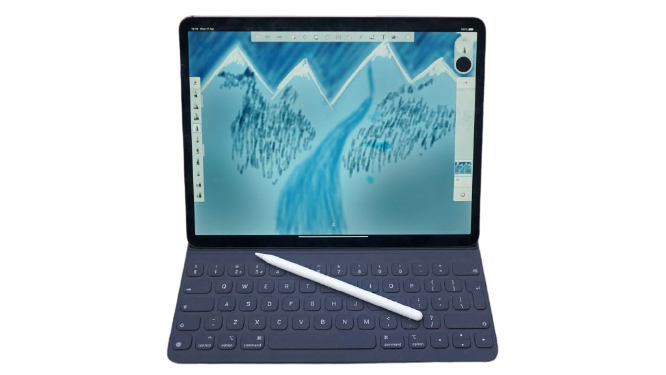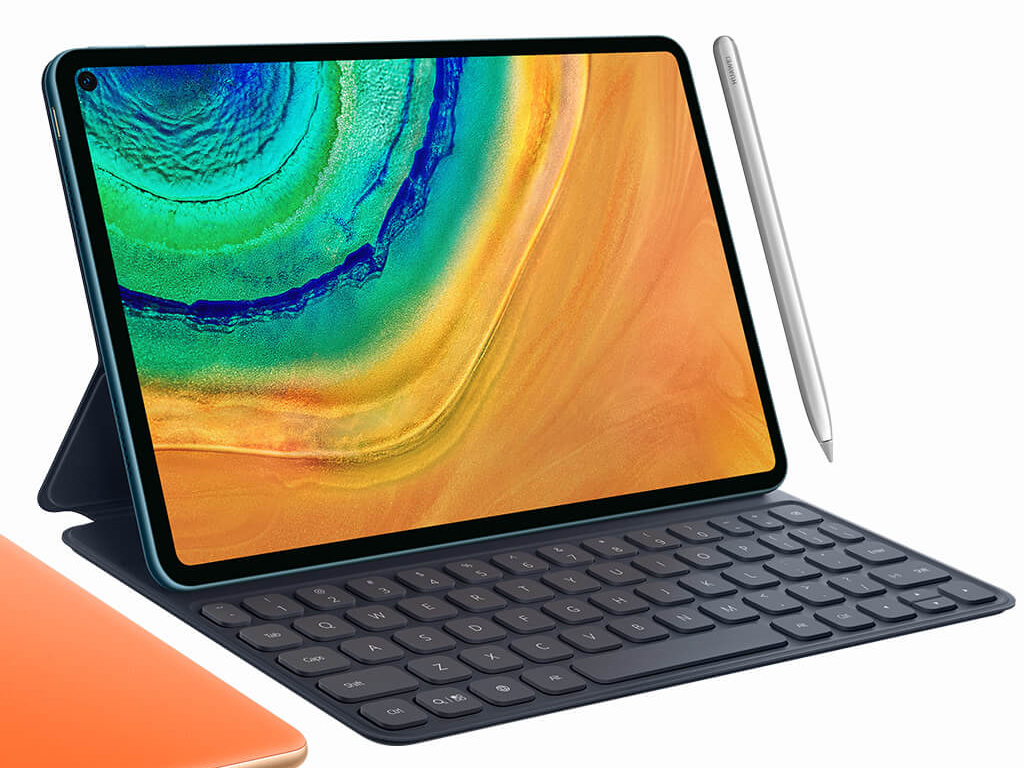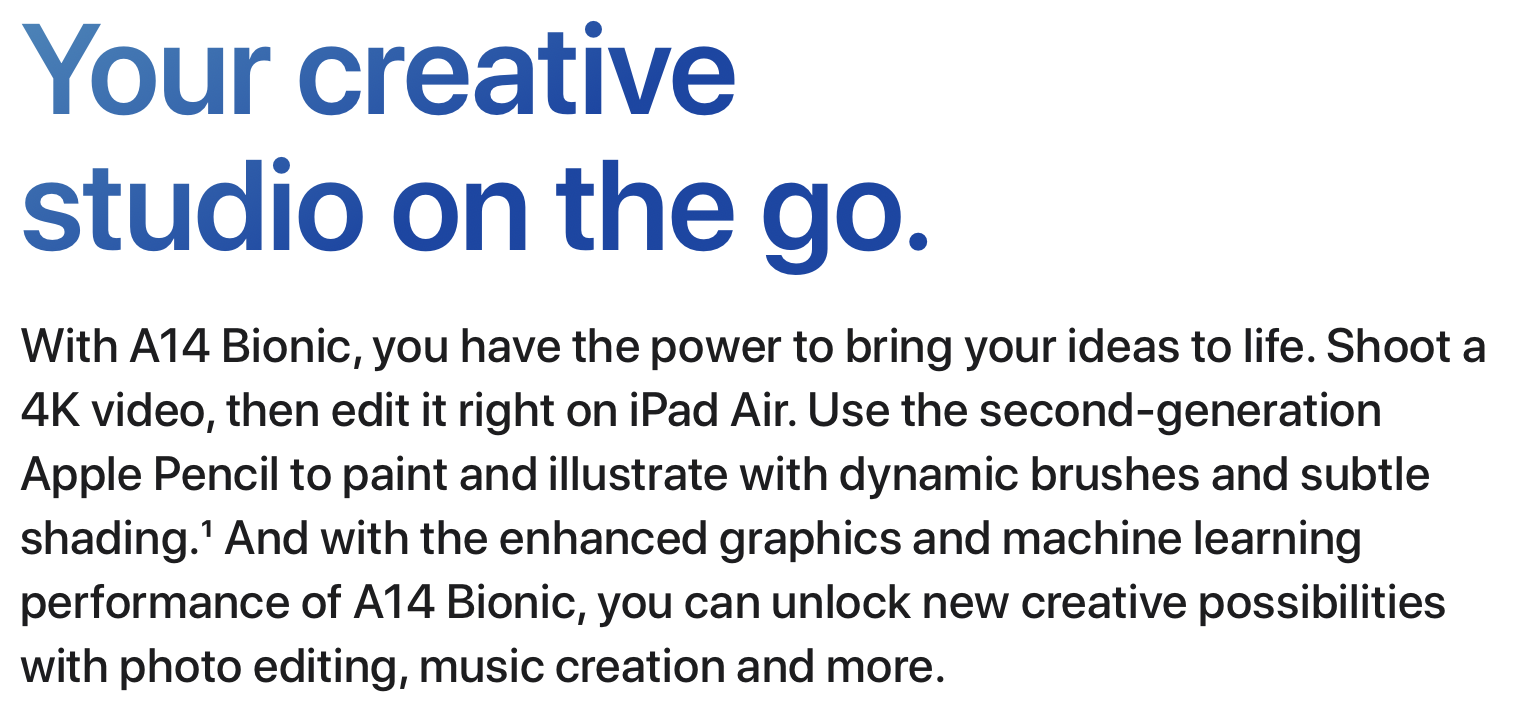Do you know the importance of your messaging and positioning when it comes to brand perception and pricing limitations?
Typically, when people start their business they talk about what they do - and that’s it. It looks like this:
“I’m a VA.”
“I’m an accountant.”
“I do email marketing.”
Uh-huh.
Big yawn, blank stare. “Great, i’ll keep you in mind.”
The fact is, there is nothing in those words that makes me want to work with you. Actually, I have to exert effort to ask you questions to find out whether or not you’re relevant to me as a potential client.
Scratch the surface of what you do, and you’ll open a world of new messaging possibilities.
For example, if you’re a VA and want to work with high-level people, why position yourself as a “VA” when the term has become incredibly broad, vague, and non-specific? If you’ve got a defined audience, it’s incredibly important to speak their language. High-level people, particularly in the corporate world, might prefer a “remote executive.” Or an “invisible assistant.”
In accounting, what do you specialise in? Will you help 7-figure business owners lower their tax bill, or start-ups understand their P&L?
If you do email marketing, then “I increase the lifetime value of your customers, boosting revenue and saving costs, because it costs 5x more to get a new customer than retain an existing one” is infinitely more compelling.
This is how you can price your services without worrying about your competitors.
I want to share a real-world example with you. When it comes to this positioning and messaging, the best in the world are the premium brands. You don’t have to like these brand, use these brands, or copy these brands - but it pays to understand what’s going on.
Because this psychological process is happening to us, whether we realise it or not. You, I, and everyone around us are influenced by the subtleties, even if don’t consciously register them. Premium brands, for example, are masters of space. White space on web pages, minimalist designs, and open spaces in their physical shops.
They are also the masters when it comes to attention to detail - never use five words when 2 or 3 will suffice. And believe me, they put unbelievable due consideration into this.
Example: When Steve Jobs was ousted from Apple and formed a new company, he hired someone to design the logo. This guy refused to give Jobs options to review, and he refused to have client input. He said “I will solve your problem.” He charged $100,000 and he delivered the logo with a 100-page booklet explaining every detail within that logo. (Remember that, next time you say you’ll design a logo for £20.)
I use Apple quite a lot in these examples because in the mainstream items, they are the masters at it. (By mainstream, I mean they’re a brand people buy without being extremely rich, unlike Bentleys, yachts and £30,000 handbags.)
So with your messaging, the psychology is simple: people buy vision and emotion. We don’t buy features. We buy the version of ourselves using the item.
Take the Huawei MatePad Pro, and Apple’s new iPad Air:

iPad Air

Huawei MatePad Pro
At first glance, they look absolutely identical. But while Huawei focuses on the features (which few people will even understand), Apple explains what you’ll do with it.
Let's look at Huawei first:

“With the 90% screen-to-body ratio and bezels stripped back to 4.9 mm, the 10.8 inch HUAWEI FullView Display offers remarkable visual experiences, whether you are seeking inspirations or just catching up on some work. Every dark or bright detail looks vivid and clear with its DCI-P3 cinematic level colour gamut and 540nit brightness. Certified by TÜV Rheinland, this screen significantly reduces blue light to protect your eye health.”
There is no clear audience in this. “Whether you’re doing this or that” is a no-no for a defined audience. 90% screen-to-body ratio, DCI-P3 and 540nit brightness - would you buy that?
Now let's look at how Apple presents the iPad Air:

“Your creative studio on the go. With A14 Bionic, you have the power to bring your ideas to life. Shoot a 4K video, then edit it right on iPad Air. Use the second‑generation Apple Pencil to paint and illustrate with dynamic brushes and subtle shading.1 And with the enhanced graphics and machine learning performance of A14 Bionic, you can unlock new creative possibilities with photo editing, music creation and more.”
Which would you be more inclined to buy? Which would you consider to be worth more? Given how far ahead Apple is in terms of brand recognition and sales, there's a clear winner.
The messaging is empowering. It encourages us to think of all the ways we can use it, and the ways it can enhance us. There's not a single mention of bezel width.
We identify “our people” through our words, so make sure you’re using the right ones for your audience.
Want to apply this to your business and discover how to have prospects clamouring to work with you? This free video is for you.
Book your free call
Ready to talk about how you position your business and price your services?
